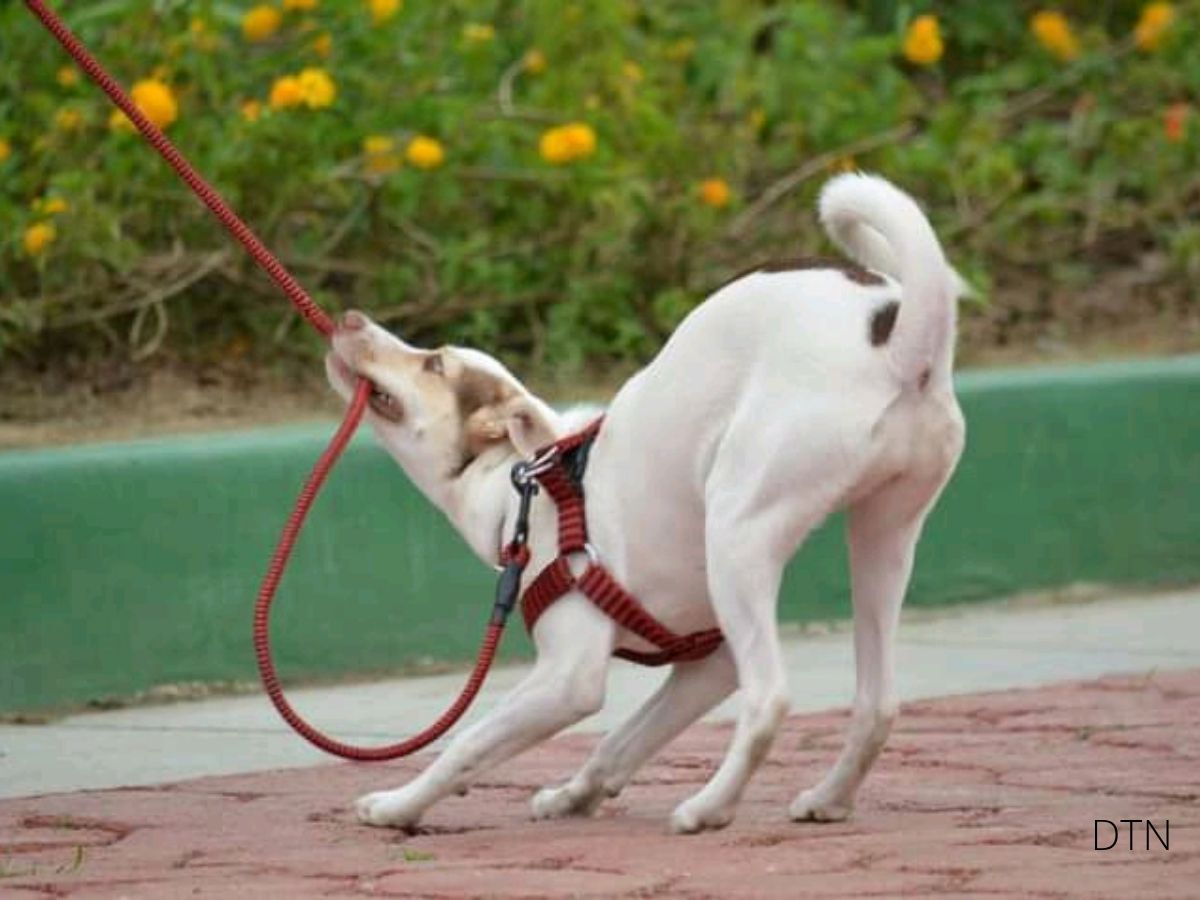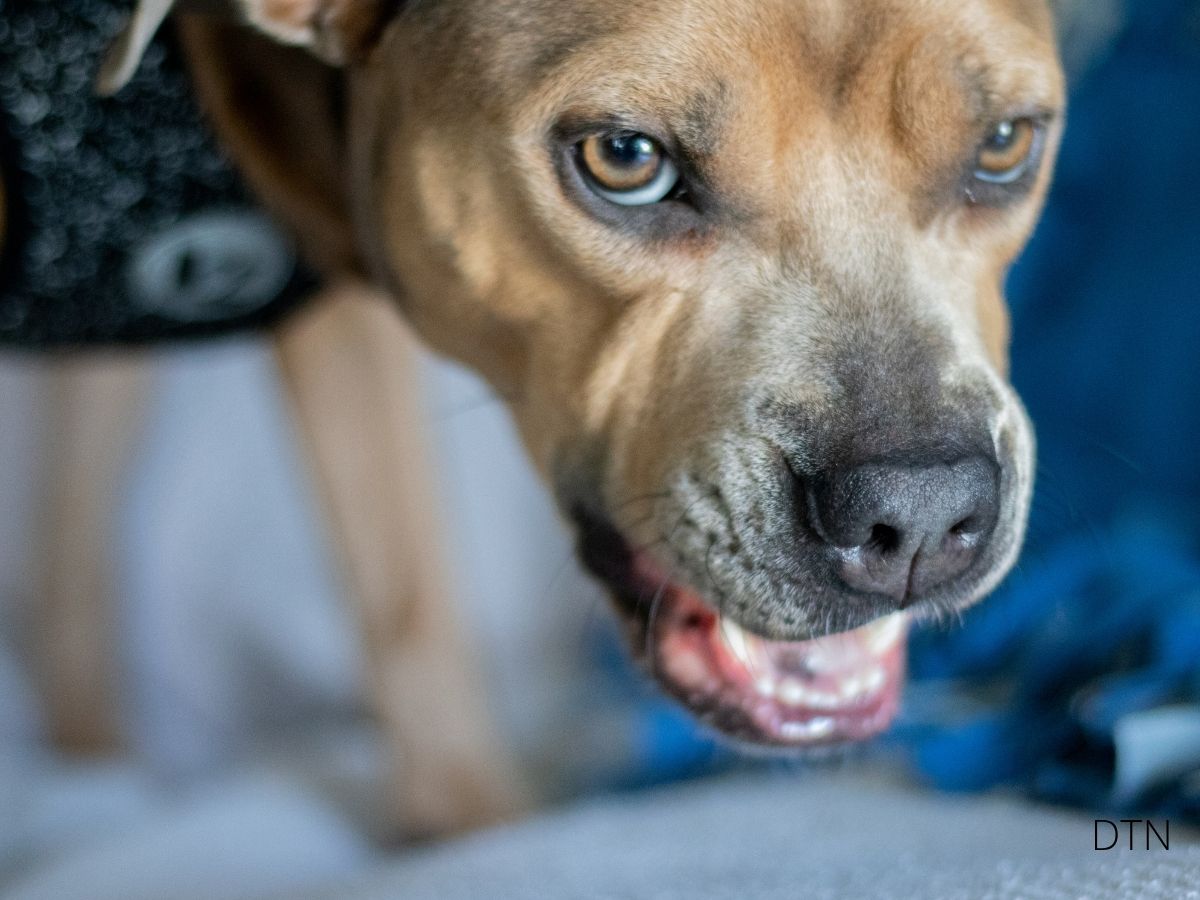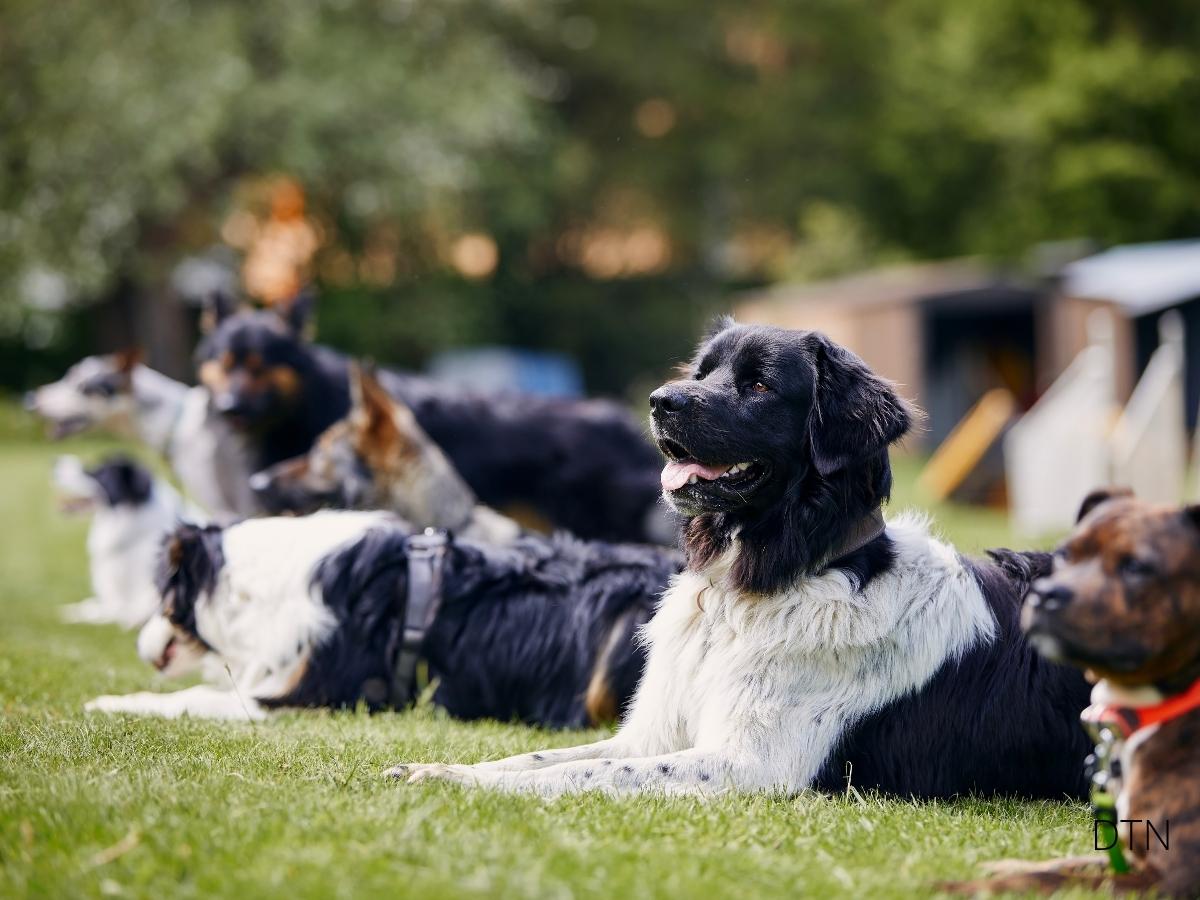Introduction: The Stories We Tell About Dogs
Have you ever wondered why you expect your Golden Retriever to be naturally gentle with children, or why you assume a German Shepherd will instinctively protect your home? These expectations aren’t random—they’re woven from centuries of cultural narratives, Hollywood portrayals, and marketing messages that profoundly shape how we understand our furry companions.
The relationship between humans and dogs spans over 15,000 years, yet our modern understanding of canine behavior is increasingly filtered through cultural lenses rather than biological realities. Let us guide you through this fascinating intersection where ancient myths meet Instagram influencers, and where marketing campaigns can determine which breeds end up in shelters. Understanding these dynamics isn’t just academically interesting—it’s essential for anyone who shares their life with a dog. 🐾
Myth and Symbolism: Ancient Stories, Modern Expectations
The stories we tell about dogs have deep roots that shape today’s interactions. From Egyptian Anubis to the Norse Garmr, dogs have served as spiritual guides, guardians, and bridges between worlds. These aren’t just quaint folklore—they’re powerful cultural blueprints that continue to influence your relationship with your dog.
Did you know that “man’s best friend” wasn’t just an observation but a legal argument from 1870? This single phrase has arguably shaped Western dog-human relationships more than any scientific study. These mythological roles create behavioral stereotypes that persist today:
Common stereotypes rooted in cultural myths:
- Border Collies must be intensely focused workaholics
- Pit Bulls are either dangerous or misunderstood angels (no middle ground)
- Toy breeds are accessories rather than “real” dogs
- Labradors are naturally perfect with children
You might recognize these stereotypes in your own thinking, even if you intellectually understand that individual dogs vary tremendously. When your normally calm Collie doesn’t herd children or your Chihuahua displays fierce independence, you might feel confused by these departures from the cultural script.
Media Representations: When Hollywood Meets Reality
Every time you watch a dog movie or scroll through Instagram, you’re absorbing messages about how dogs should behave. Films like “Lassie” and “Marley & Me” don’t just entertain—they create behavioral templates that influence millions of owners worldwide.
Media consistently celebrates:
- Unconditional loyalty transcending self-preservation
- Intuitive understanding of human emotions
- Heroic problem-solving abilities
- Instant bonding with “the right” humans
The rise of social media has intensified these expectations. Instagram-famous dogs with millions of followers present curated versions of canine life that make your average pet seem disappointingly ordinary. When you scroll through perfectly staged photos of dogs “smiling” at beaches or performing complex tricks, it’s easy to forget that behind each post might be hours of training or multiple takes.
This creates what researchers call the “Instagram versus reality” gap—a disconnect between online portrayals and home experiences. The advertising industry reinforces this, linking specific behaviors with product consumption. Does your dog lack energy? There’s a food for that. Not bonding properly? Try this special treat. This creates a feedback loop where normal behavioral variation becomes pathologized, requiring commercial intervention. 😄
Market Forces: Designer Dogs and the Obedience Industry
The pet industry’s transformation of dog breeding represents one of the most visible examples of market forces shaping behavioral expectations. The rise of “designer dogs”—Labradoodles, Goldendoodles, Puggles—illustrates how market demand literally reshapes the canine genome in pursuit of idealized temperaments.
Market-driven promises often include:
- “Hypoallergenic” coats (often misleading)
- Perfect blend of parent breed temperaments (genetically unpredictable)
- Family-friendly dispositions for first-time owners (oversimplified)
The dog training industry has evolved into a multi-billion dollar market suggesting that natural dog behavior requires professional intervention. This commercialization has created what critics call the “obedience industrial complex”—where normal behaviors like barking or digging are reframed as problems requiring paid solutions.
Walk through any pet store, and you’ll encounter hundreds of products promising to modify your dog’s behavior. Anti-bark collars suggest vocalization is negative. Puzzle feeders imply standard eating is insufficient. Each product carries implicit messages about what constitutes acceptable behavior.
The better I get to know men, the more I find myself loving dogs.
– Charles de Gaulle

Behavioral Consequences: When Expectations Meet Reality
When cultural expectations clash with biological reality, the consequences for dog welfare can be severe. You might expect your Border Collie to be content with a daily walk, based on apartment-dwelling Instagram Collies, only to face destructive behaviors from a frustrated dog.
Common welfare issues from cultural mismatches:
- Chronic stress from insufficient mental stimulation
- Anxiety from overwhelming social expectations
- Physical problems from inappropriate exercise regimes
- Behavioral deterioration from suppressing natural instincts
What we label “problem behaviors” often represents normal canine behavior conflicting with cultural expectations. Your terrier’s digging isn’t defiance—it’s centuries of breeding for pest control. Your hound’s vocalization isn’t excessive—it’s communication shaped by generations of hunters.
The statistics are sobering: millions of dogs enter shelters annually, with behavioral issues cited as a leading cause. But many of these “issues” are actually mismatches between cultural expectations and canine reality. After “Game of Thrones,” Husky-type breeds flooded rescues as owners discovered these wolf-like dogs required more than aesthetic appreciation. 🧠
Reading Your Individual Dog: Beyond Cultural Scripts
Understanding your dog as an individual rather than a cultural stereotype requires developing new observation skills. Media has taught us that wagging tails mean happiness and showing teeth means aggression, but canine body language is far more nuanced.
True emotional indicators often missed:
- Stress signals: Lip licking, yawning, “whale eye,” panting when not hot
- Contentment: Soft eyes, loose posture, whole body wiggle
- Anxiety: Excessive grooming, pacing, destructive behavior when alone
That “guilty look” isn’t guilt—it’s appeasement behavior responding to your tone. The “smile” in photos? Often stress panting at the right angle. Try these observation exercises to understand your unique dog:
Simple assessment tools:
- Track what your dog chooses when given options
- Document natural energy patterns throughout the day
- Note social preferences without forcing interactions
- Test different enrichment activities and observe engagement
You might discover your retriever loves scent work over fetching, or your toy poodle has remarkable problem-solving abilities. Releasing breed expectations allows both you and your dog to relax into a more authentic relationship.
Moving Forward: Conscious Relationships
The realization that much of what we “know” about dogs comes from cultural construction rather than biological reality can be both unsettling and liberating. Understanding these forces gives you power to make more conscious, compassionate choices.
Principles for culturally conscious dog relationships:
- Question breed stereotypes and behavioral assumptions
- Resist idealized media portrayals
- Evaluate products based on biological needs, not cultural pressure
- Respect individual variation over cultural categories
- Balance cultural integration with biological welfare
Your dog doesn’t need to be Lassie, an Instagram star, or a perfect breed representative. They need to be understood and accepted as the individual they are. When you choose understanding over expectation, biology over mythology, and individual needs over cultural standards, you contribute to a more compassionate dog culture.
Remember, every time you see your dog as both a beloved family member and a distinct species with unique needs, you create space for a relationship that transcends cultural limitations. And that’s something both you and your furry friend can wag your tails about. 🧡






